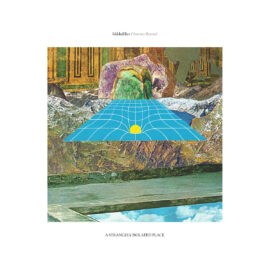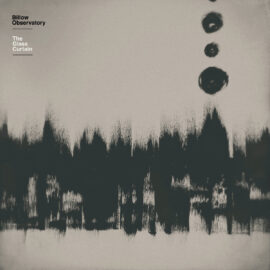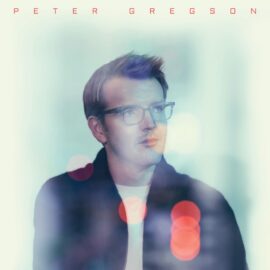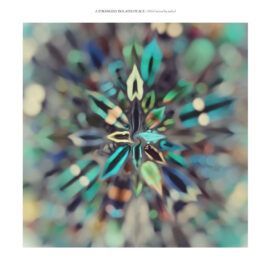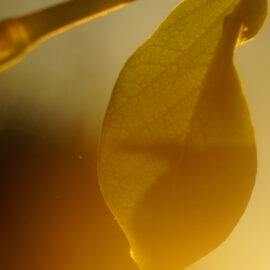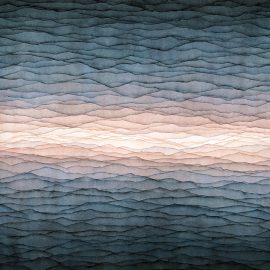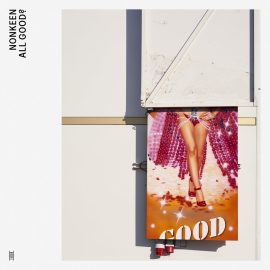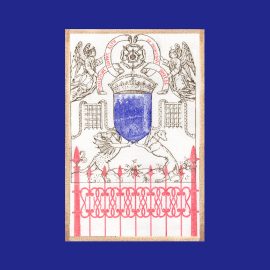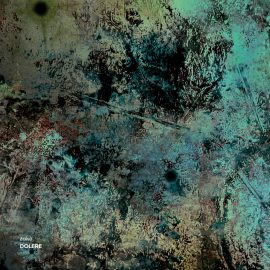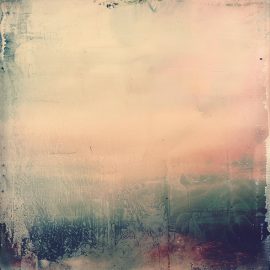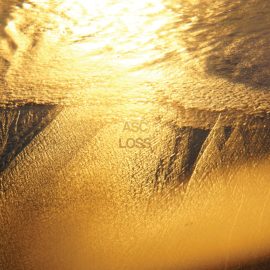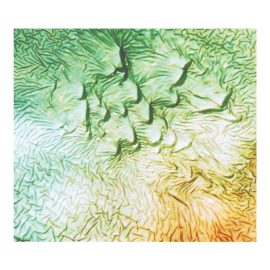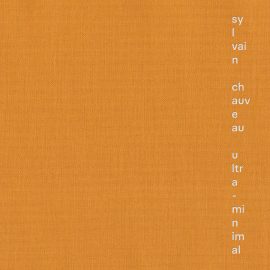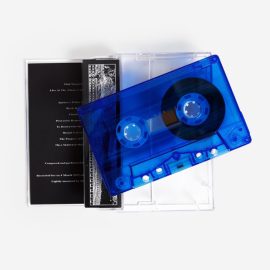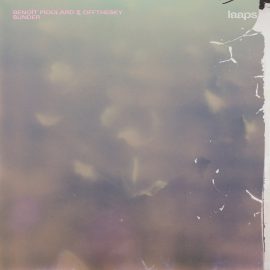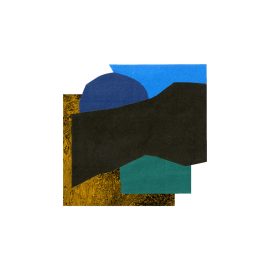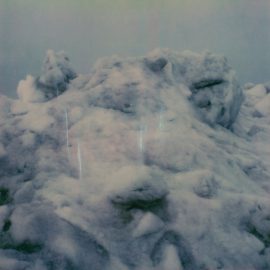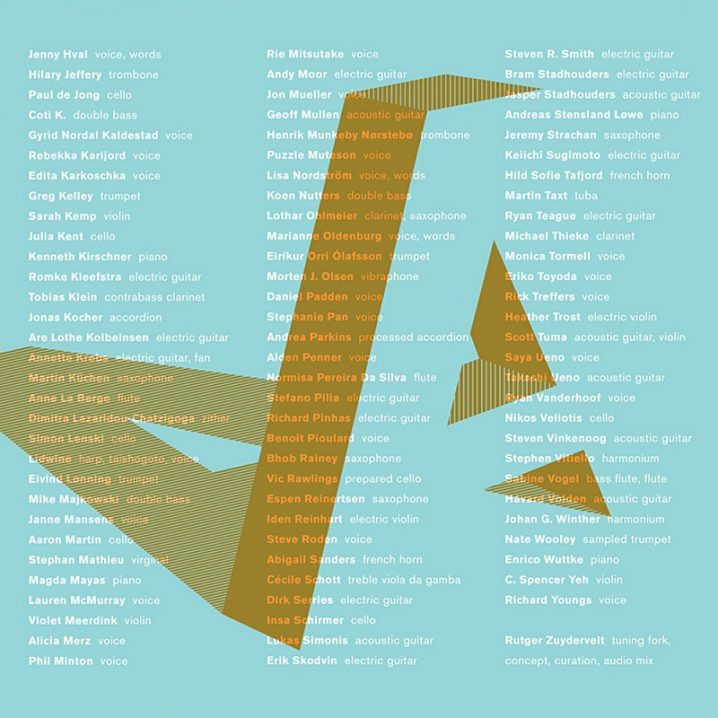 Rutger Zuydervelt Stay Tuned Baskaru Imagine a single 50-minute track with contributions from more than 150 artists… I can’t even begin to list names here but you should definitely check it out on the Bandcamp page – I’m sure it’ll raise your interest to find out more about Rutger Zuydervelt’s project, Stay Tuned. Before listening, it may help to know the background of this project: “More than 150 musicians and singers were asked to record an ‘A’ (which is the note an orchestra normally tunes to), using whatever technique or style they please. So each ‘A’ has its own unique characteristics, but is also a small part of a much bigger drone.” It must have been a hell of a job merging and mixing all these contributions into one single drone piece dedicated to an orchestra tuning, but the result is a beautiful homogeneous, and indeed orchestral sound. The drone has an organic flow, because Zuydervelt introduces all sounds ordered by groups of instruments. Also, all contributors play “real” (meaning “orchestral”) instruments: no synthesizer or electronic devices were included – which is remarkable in itself because most (if not all) contributors are artists working in the ‘experimental’ musical fields, which often includes electronic treatments. Also worth noting is that the original concept for this project is a multi-channel sound installation, where visitors could walk their way between the different speakers, thus creating their own composition (there are some short videos of this on Rutger’s website). The Baskaru release is a stereo adaptation from all the contributions for this installation. If you think a continuous performance of a single A-note can hardly be interesting enough to keep your focus for the full 50 minutes, you owe it to yourself to try it out. I’m sure you’ll be surprised. And amazed! I suggest you start by looking at the list of contributors more closely.
|
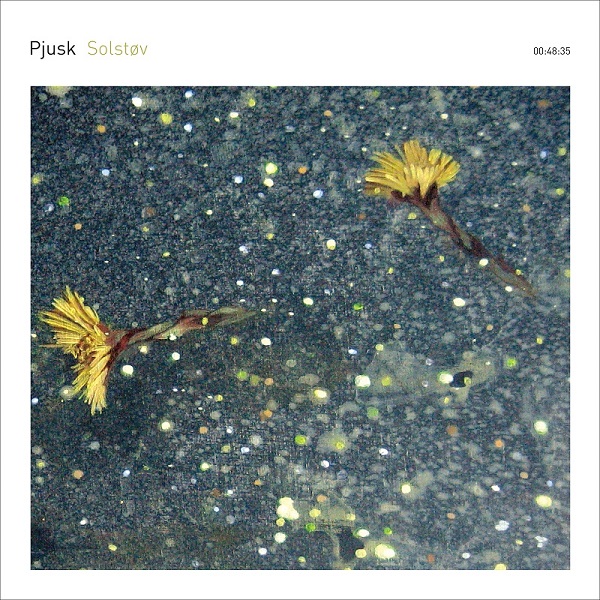 Pjusk Solstøv 12k Not counting their recent collaboration with Sleep Orchestra, titled Drowning in the Sky (Dronarivm, 2014), Solstøv is Pjusk‘s fourth release – and their third for the 12k label. Since their debut in 2007, the Norwegian duo (Jostein Dahl Gjelsvik and Rune Andre Sagevik) have built themselves quite an impressive reputation. With Solstøv, (sol = sun; støv = dust) they don’t disappoint – to say the least! While maintaining their original ‘glacial’ sound, the original starting point from this album is quite different: the complete album is created using the sound of the trumpet (played by Kåre Nymark Jr.). A bright natural sound to start with, but it is also heavily processed to create the characteristically delicate sound layers. 12k label owner and curator, Taylor Deupree, added extra sonic manipulations that he created using the Kyma Sound Design System. But how strange and alienating these sound manipulations may be at times, the music always stays connected to its natural source: the trumpet. The use of the trumpet in ambient soundscapes is not exactly new: think Jon Hassell, Arve Henriksen and – to some extent – Nils Petter Molvaer. (It can hardly be a coincidence that, apart from Jon Hassell, these musicians also come from Norway?) Pjusk manages to take the music to another level of abstraction. The ‘jazz’ connection is still vaguely present, but it’s a shimmer in the background, hovering behind the ‘sparkling and fractured textural fragments’. “This is an album that channels the Norwegian landscape in all of its stark beauty; its cold, its warmth, and its place in the universe. To listen to Pjusk is to sit quietly in an endless night.” The ambient music genre in general may be in danger of collapsing under a ‘sameness overload’, but Pjusk restores faith with this new album. Solstøv feels like waking up.
|
|
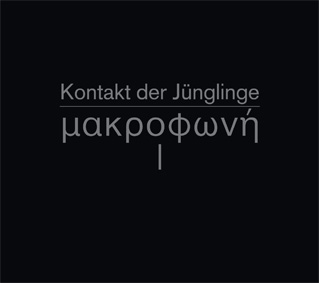 Kontakt der Jünglinge Makrophonie 1 Die Stadt With a real name for an album title, Kontakt Der Jünglinge (Thomas Köner and Asmus Tietchens – the name being an homage to Stockhausen) break with the naming tradition of the predecessor series released in 2001 – 2003: 0, 1, -1, N. The black color of the cover (in contrast to the white sleeves of the earlier series) suggests that there a more differences: to begin with, Makrophonie 1 is not a live set recording but the duo’s first studio album. “It’s the result of various scores which were developed before and during miscellaneous live performances. These worked out structures were then taken to the studio, where they were concentrated and received their final finish.” Musically, the difference is not as great as this would suggest: the release is perfectly in line with the earlier albums. Maybe even a bit too much: critics might state that one would expect something more different after a hiatus of over 10 years. But, on the other hand: why change such a great formula? After all, the combination of such massive talents in sound design (with their often relatively different approach in creating sounds, matching together like a good conversation) is yielding the kind of electronic soundscapes that are seldom equalled. Makrophonie 1 starts out with a low (and I mean LOW – mind your speakers!) rumble, like a distant earthquake, slowly building a wide landscape which is undeniably Thomas Köner’s. Lots of details are added [I assume that this is Asmus Tietchens’ work mainly, but I’m not sure about the details of what each of the duo contributes], slowly but inevitably leading to a loud climax about halfway. From there, the process is reversed, the silence gradually returns, until (after 37 minutes) you are thrown back and left in what seems to be absolute – and pitch-black – void. Let’s hope the 1 indicates this is the start of a new series of releases!
|
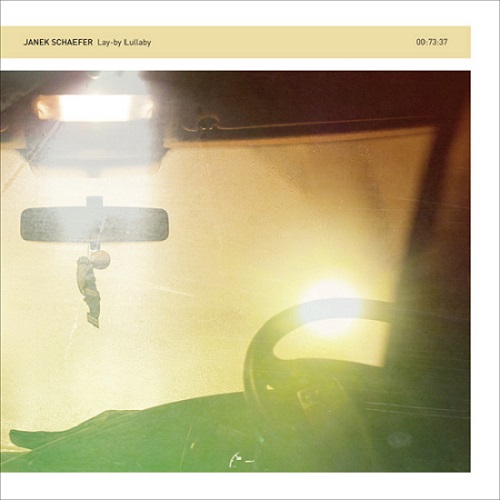 Janek Schaefer Lay-by Lullaby 12k There is something special with the sound of passing cars, especially when recorded at night. They always bring a feeling of loneliness, of things passing by and leaving you behind. They make you think of where to go… For Lay-By Lullaby, his latest album recently released on 12k, Janek Schaefer recorded the sound of cars passing by on the M3 Motorway (“Right at the end of the road where J. G. Ballard lived“). The 73 minute album is a continuous mix of 12 tracks – or Radio FM channels – merging the sounds of passing cars with sparse musical fragments, sometimes sounding like a slowed down country & western guitar theme, sometimes like church organ, sometimes more abstract sounds or station-call themes, occasionally a distorted burst of vocals like when shifting to another channel… In fact none of the channels sound like any actual radio station would ever sound, but all add to the quiet and enjoyable (summer?) midnight atmosphere alongside the M3 Motorway. Lay-by Lullaby was created in 2013 as a sculptural installation for Schaefer’s solo London show ‘Collecting Connections‘ at the Agency gallery. A pair of reclining traffic speaker cones play back the found soundscape from a car radio installed in a little leather travel case on infinite loop. But it is also closely related thematically to his “Asleep at the Wheel” installation for the 2010 Milton Keynes Festival. The installations are a different way to present his work, and also a very different way to enjoy it. But since they usually are only meant to be temporary, it’s a good thing that these sounds were re-assembled for this full length album, so you’re able to enjoy it in the comfort of your home environment. Preferably late at night, so “the speeding traffic dopplertrails reveal fleeting passages of soporific sounds that entice you to recline, drift and fade away.“
|
|
©
Words by Peter van Cooten of Ambient Blog
Additional editorial by HC


